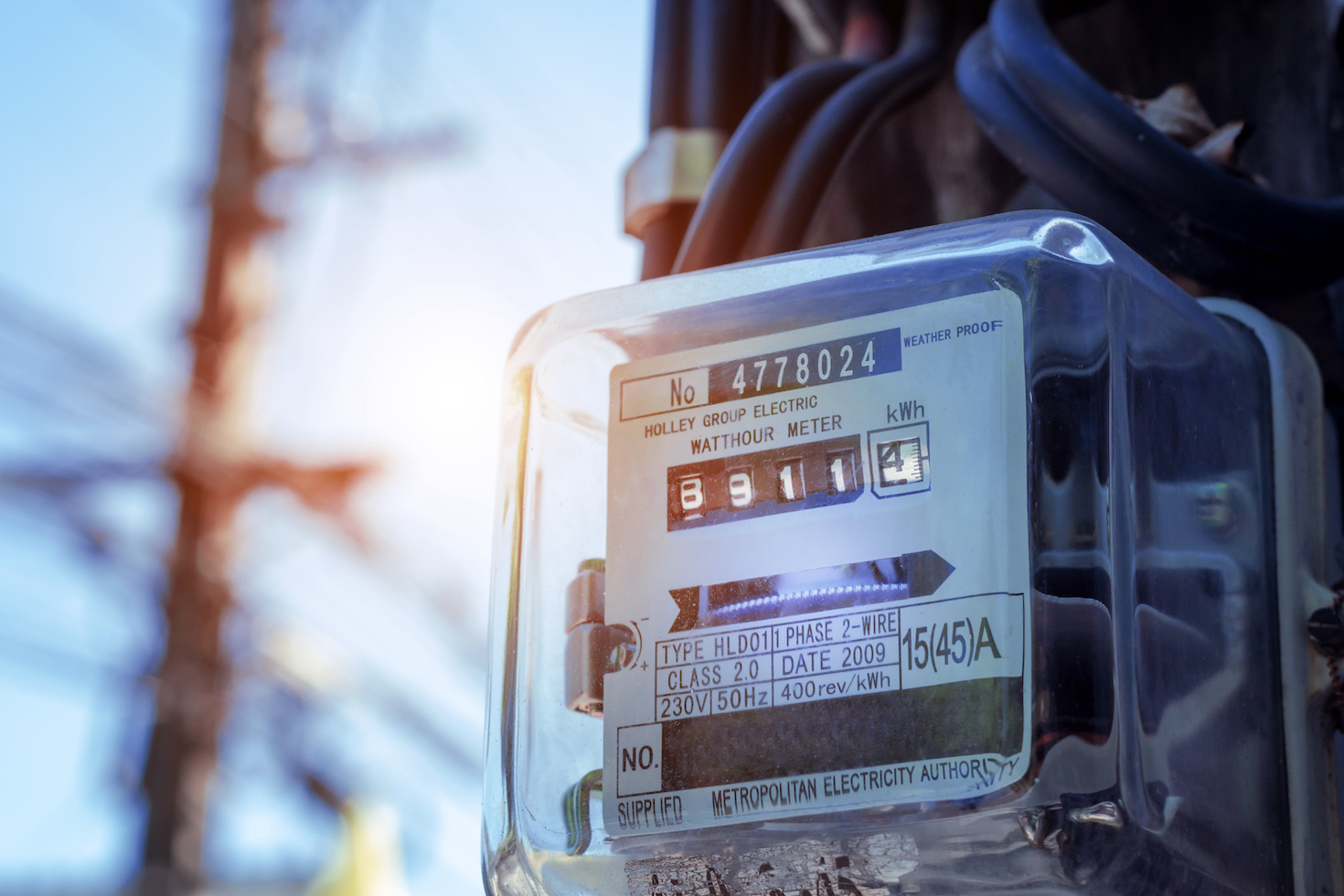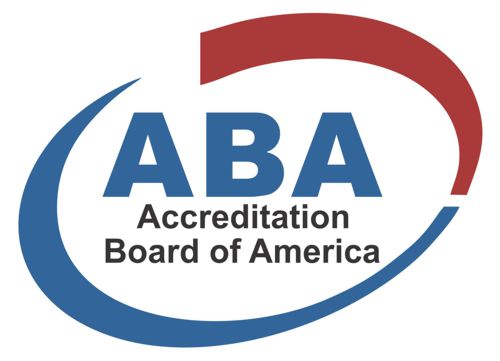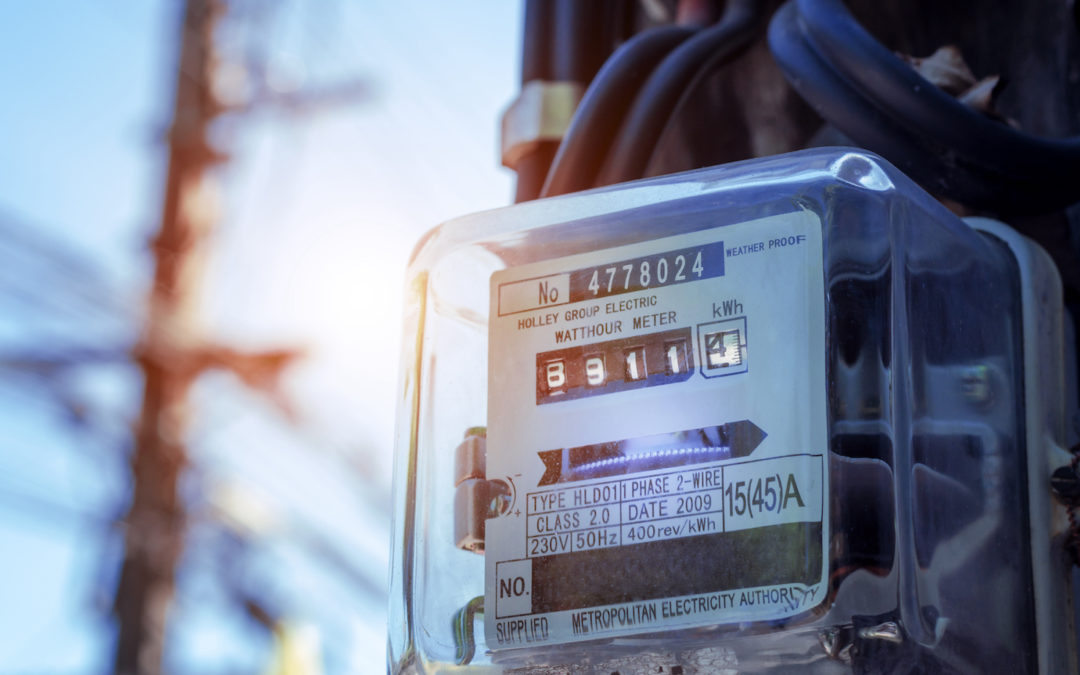In the race to decarbonize our companies, we’re rewriting the road signs as we drive. When buying renewable energy, different approaches call for different avenues of action, but in 2022, a renewed focus on more precise and systemic decarbonization has begun. We’ve outgrown the system that got us here, and carbon-free energy procurement is emerging as the next platform for corporate leadership.
In the context of procurement, carbon-free energy describes any energy bought that was produced by a resource that generates no carbon emissions.
Carbon-free energy is where we know we need to be, but first the industry has to make its way through the scrum to define the best path forward. Fundamental questions remain, all the way down to choosing the metrics to measure progress — whether that’s expressed in emissions reductions or the addition of carbon-free megawatt-hours of electricity. Whatever the outcomes, those performance indicators will be central to defining the next generation of energy procurement.
24/7 carbon-free energy
You can think about 24/7 carbon-free energy as a sharper focus on improving the grid’s generation and transmission capacity to get clean electrons through the grid to the buyer any time they need it.
Google is pioneering this approach. “It’s best not to think of 24/7 energy as a procurement strategy but an approach to transforming the system and enabling a decarbonized grid for everyone,” said Sarah Penndorf, standards and advocacy lead for Google, during a session at VERGE 22 last month.
Those pursuing 24/7-driven procurement strategies say their own emissions aren’t the end goal — they’re seeking decarbonization of the entire grid. The fact is that while buying renewable energy through corporate power purchase agreements or other mechanisms might get companies’ carbon accounting to zero emissions or help them reach annual energy matching goals, that practice doesn’t necessarily lead to actually decarbonizing the company or the grid.
In contrast, by focusing on the 24/7 goal, corporate energy buyers can funnel direct investment toward the numerous technologies that are left in the gap between wind and solar, catalyzing wider spread adoption of these new innovations for everyone. This is because the 24/7 approach includes technologies that don’t qualify for renewable energy credits (RECs) such as nuclear and hydropower as well as battery storage. Under a 24/7 approach, companies would first focus on decarbonizing the energy infrastructure nearest to them, then wherever the rest of their energy comes from — and also pressure their utilities, regulators and policymakers about the lack of 24/7 options.
Google has partnered with C40 Cities, a global network of mayors taking urgent action to confront the climate crisis, to bring city governments into the conversation, starting with London, Copenhagen and Paris. The collaboration will provide insights and resources to help these cities take advantage of their enormous buying power and leverage in revamping their energy infrastructure.
The Clean Energy Buyers Association (CEBA) is an organization that understands the monumental task at hand, and after speaking with Bryn Baker, a senior director of marketing and policy innovation for CEBA and moderator of VERGE’s panel, the challenges were clear: 24/7 is tricky, visionary, highly impactful and can be expensive, she told me. Larger corporations and institutional buyers are more suited to tackling their energy grid head on, but for small and midsize companies with smaller budgets and teams, it can be overwhelming to try to decarbonize your energy consumption, Baker said.
Counting emissions that were never released
Currently, smaller businesses’ primary way to engage in carbon-free energy is through procuring energy attribute certificates (EACs). Companies buy an EAC, representing one MWh of renewable energy. Once it’s used, the credit is retired and can be reported in a company’s Scope 2 or 3 emissions as carbon savings. This approach offers the lowest cost per ton for companies to reduce emissions and provides an avenue for everyone, no matter their buying power, to engage in carbon reductions.
The panel discussed how despite skepticism about the real impact of RECs — the main EAC you can buy in the United States — they can provide an on-ramp to learning about carbon-free energy and have been instrumental for corporate power purchase agreements (PPAs). Since it’s impossible to track a single electron through the power system, we’ve relied on RECs as means to represent them.
For more impactful procurement, companies must get credit for avoided emissions — carbon that never had to be released. For example, if a company buys energy from a renewable energy plant on a grid where the rest of the energy comes from coal, it is making sure carbon-free electricity is used instead of more coal power.
For example, according to WattTime, a nonprofit automating emissions reductions and renewable energy siting, supporting a solar project in West Virginia would avoid three times the emissions as the same-sized project in California — simply because of the makeup of the grid.
These findings led WattTime to coin the term “emissionality,” a portmanteau of “emissions” and “additionality.” That phrase suggests buyers will need to think differently and focus on the creation of more robust EACs that better measure the impact of buying PPAs in the dirtiest grids.
VERGE 22 panelist Dennis Carlberg, associate vice president for university sustainability at Boston University, highlighted how the university’s demand of 205,000 megawatt hours a year — compared to Google’s more than 9 million — meant Boston University “had a different need and wasn’t convinced the 24/7 metric would work for their university.” He said that the university set a goal “to maximize the university’s investment to achieve the most amount of carbon reductions possible without raising tuition, as quickly as it could.”
After months of analysis with internal and external stakeholders, Boston University concluded the largest impact it could achieve was matching 100 percent of its energy for the next 15 years, through a PPA not from the nearby grid in New England but from a wind farm soon to be built in South Dakota.
Organizations such as Boston University are left to create their own approaches to measuring impact, leading to inconsistencies across procurement methodologies. The panel illustrated how there’s much more that must be agreed upon before creating a standardized way to measure avoided emissions, starting with defining what makes a dirty grid and what counts as “cleaning it up.”
Standardizing the calculations would unlock a critical new level of detail and validity for RECs and the ability for companies to truly measure their carbon impact, the panelists suggested. Carbon emissions counters such as WattTime and EnergyTag, a nonprofit building a market for hourly energy certificates, are both developing formulas for the best approximation. To be able to quantify either methodology, whether that be emissionality or 24/7, we need better data.

![]()
![]()
![]()
![]()
The data needed to take the next step
The current generation of carbon-free energy buyers lacks the data to truly drive impact. Currently, companies commonly receive their emissions on an annual basis, despite the carbon intensity of the grid changing by the second.
On top of that, grid operators also have limited visibility into the exploding amounts of distributed energy resources coming onto the grid. This adds more producers and local options, which further complicates the ability to track emissions.
The granularity can go further to include hourly timestamps, real-time carbon intensities and the locations where the electricity is produced. These “allow us to have an attribution system that recognizes new benefits. It starts with the timestamp, but there might be environmental justice benefits or supplying energy to disadvantaged communities or tribal lands,” explained Zach Livingston of Cleartrace, an organization creating new methods for how decarbonization information is collected and transacted.
Renewable procurement company Level10 Energy and nonprofit Nature Conservancy are pursuing something similar, releasing a white paper on quantifying a community approach to procurement. Salesforce is developing a procurement matrix that could allow companies to choose to procure energy depending on their land usage or impacts on wildlife.
The real impact is in finding the right combination of 24/7 energy and emissionality that makes sense for each individual company. Like all avenues for action in climate, we need both. CEBA’s Baker closed the session by encouraging attendees to ask how their organization can drive a larger impact — by embracing the full suite of procurement options for driving true grid decarbonization and pursuing other kinds of leadership, including policy, regulatory or utility engagement. No matter which nexus we find ourselves in, carbon-free energy procurement is the clear next step for companies to take in tackling the climate crisis.
If you’d like to read the original source of this article please click here Visit Source

